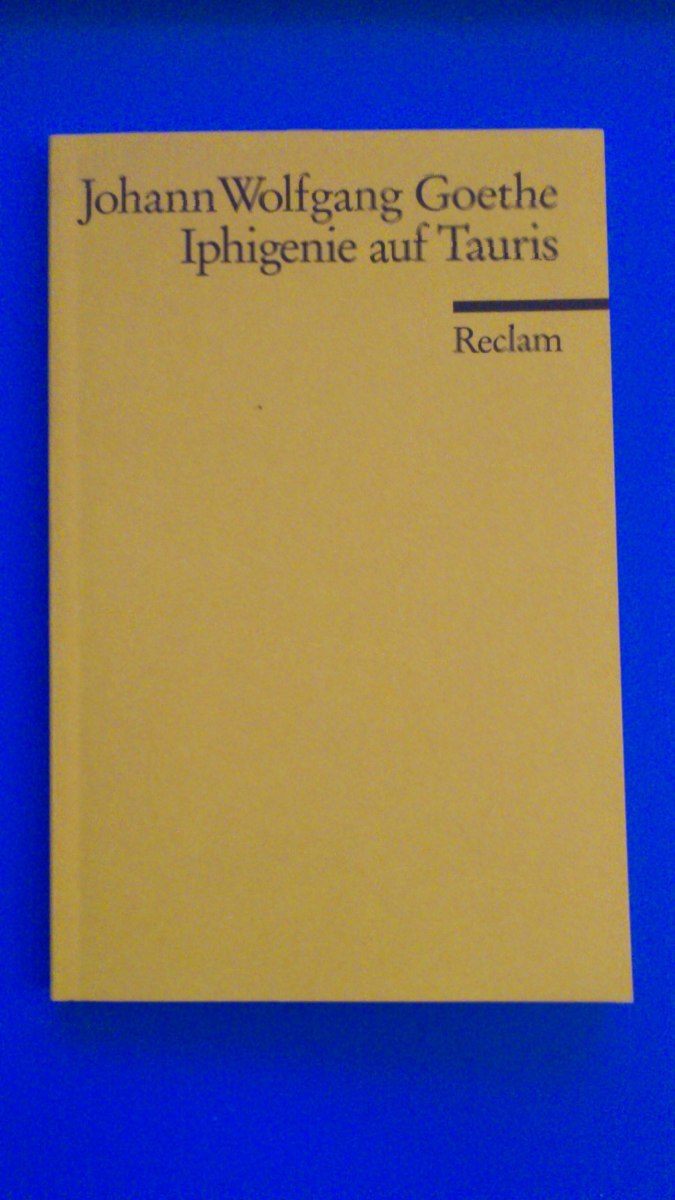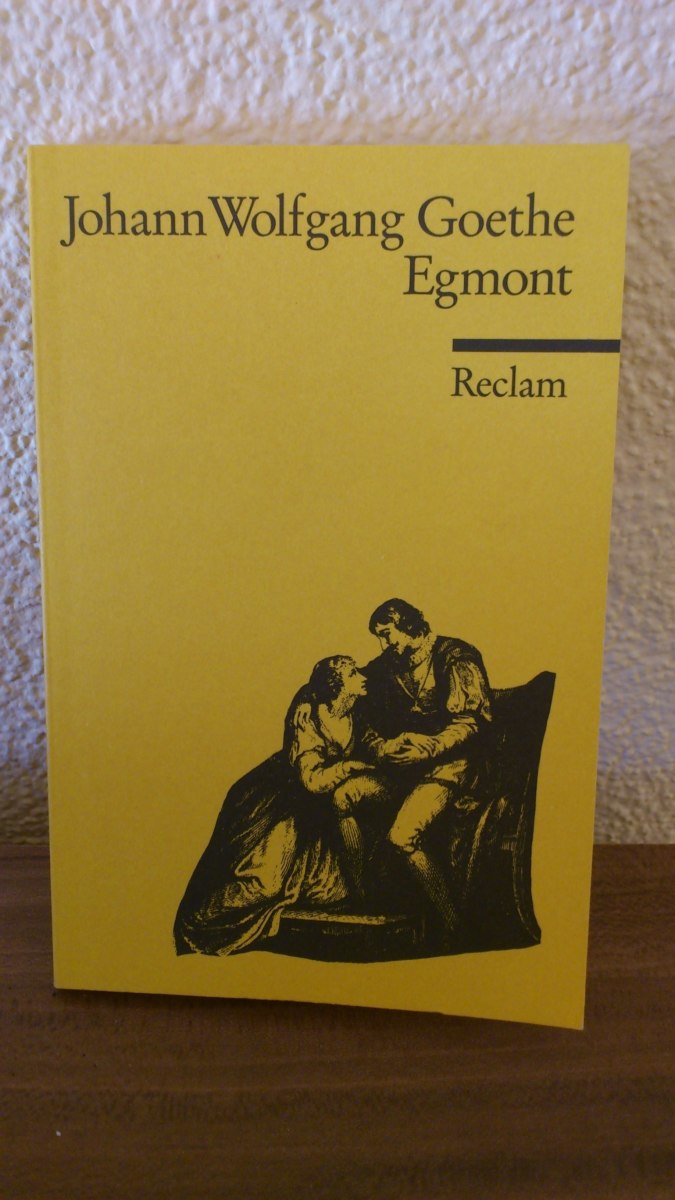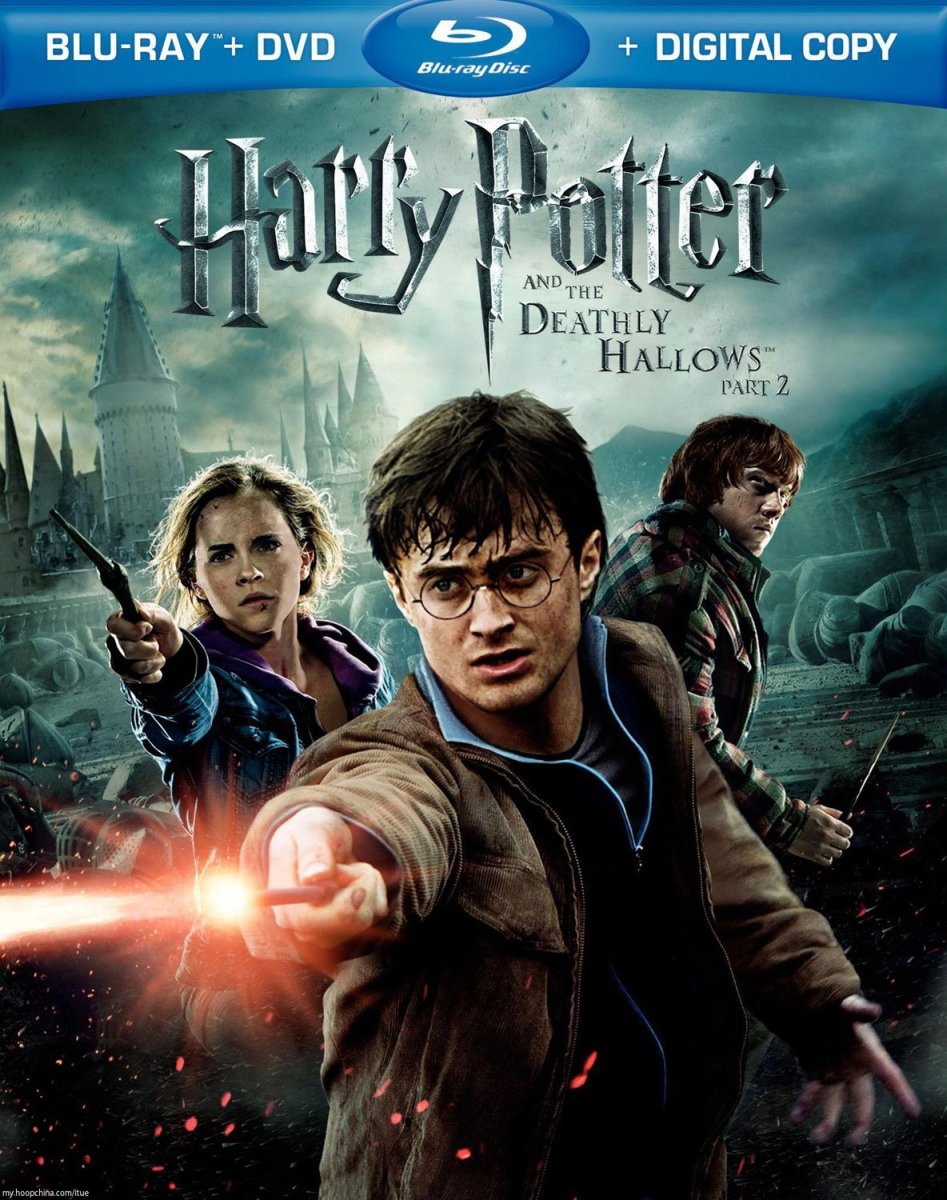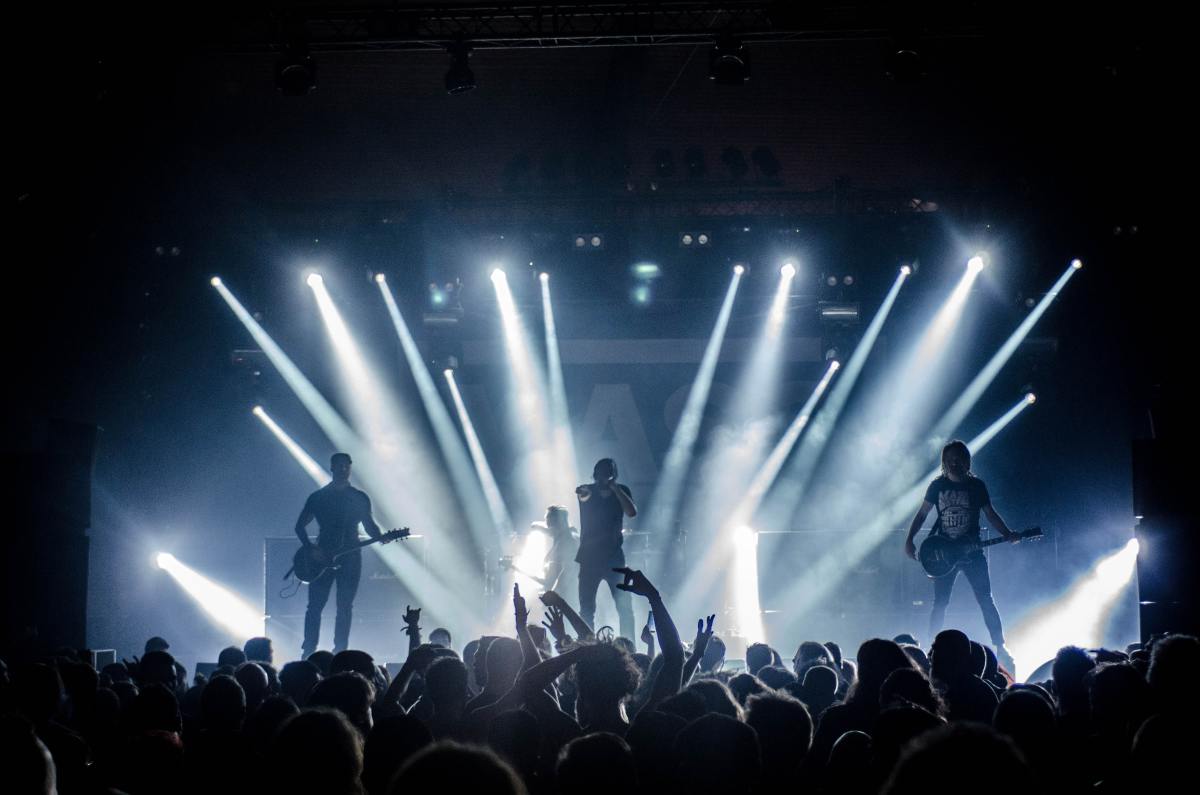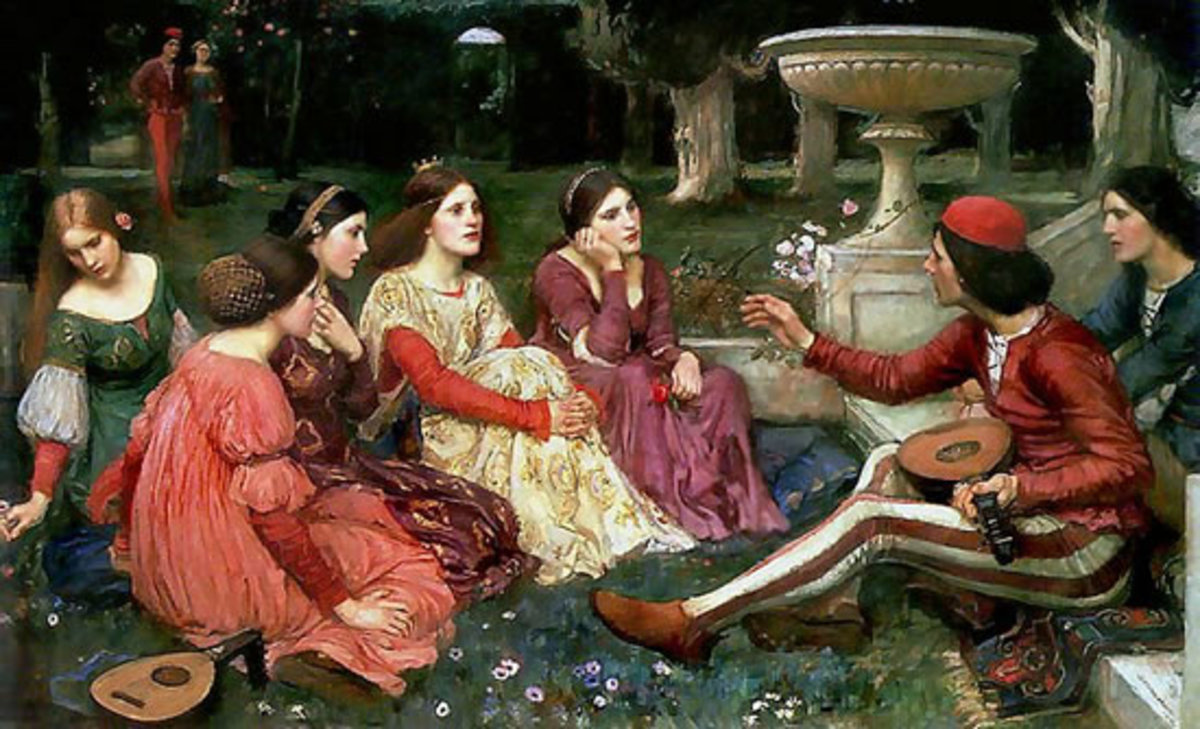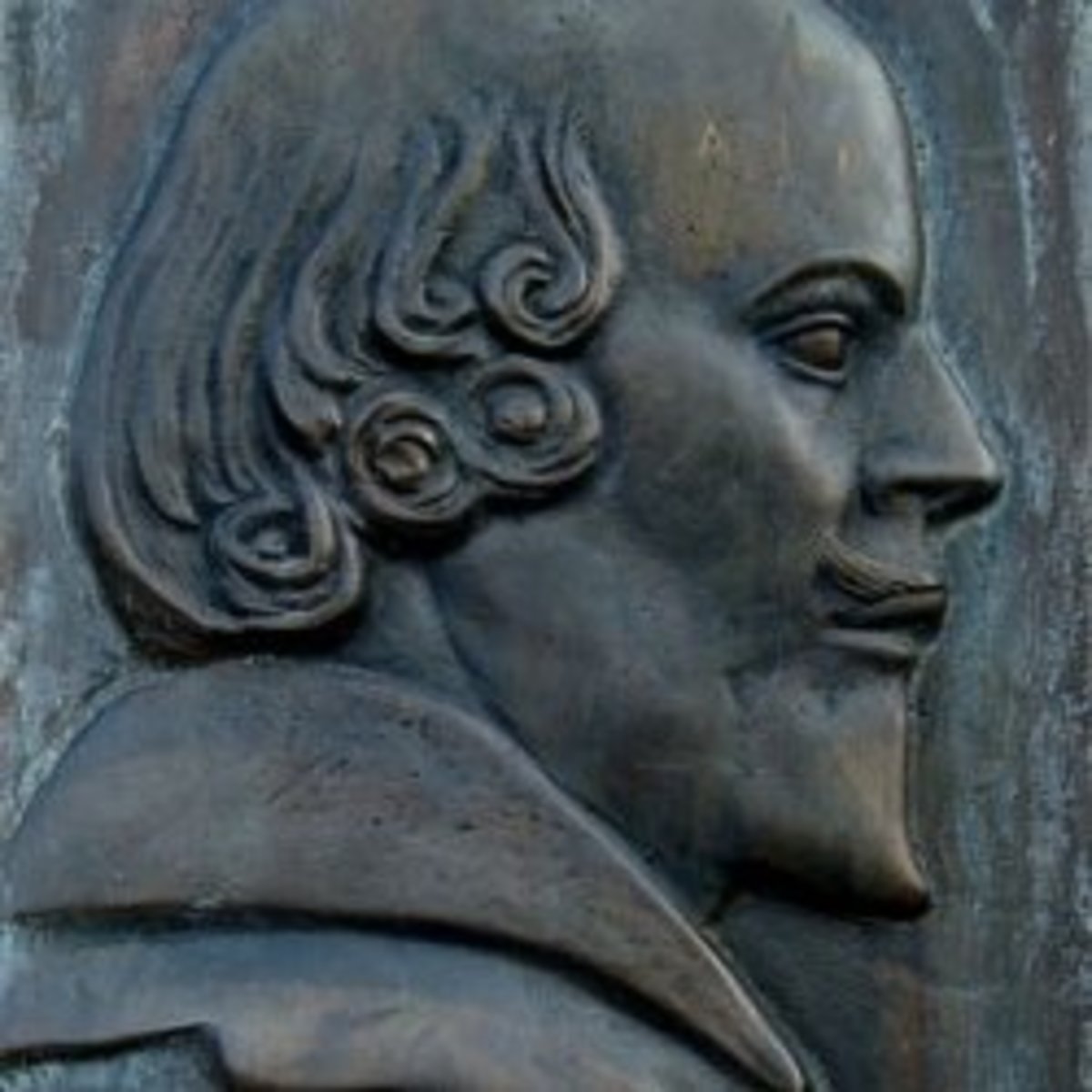Hermann Hesse "the Steppenwolf" summary - Summary of "the Steppenwolf" by Hermann Hesse
the Steppenwolf - Hermann Hesse
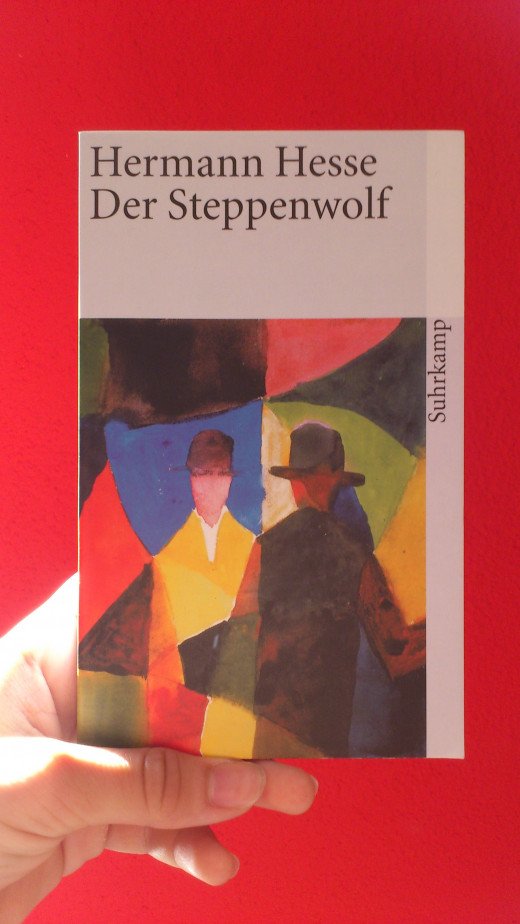
This summary is divided into several parts.
Preface of the Publisher
In this first part of the book, we learn some things about the actual protagonist Harry Haller through an impersonal narrator. The narrator’s mother has a house and she rents these apartments in the house. In one of these, Harry Haller lives and in another one lives the narrator.
From time to time, he meets Harry in the floor and what we learn about him in the end are the following things: Harry Haller is about 50 years old, he lives mostly in isolation, he isn’t very companionable, Harry makes the impression on the narrator as if he was from another world, Harry has an illness, which is articular gout, which makes him walk unsure and somewhat unconfident, Harry has an eerie atmosphere and his face looks foreign, but also awake and thoughtful.
The narrator also visits Harry in his apartment, which is cramped with books and philosophy and old records and paintings etc. There are also bottles of alcohol and an ashtray, indicating that Harry is a smoker.
Harry Haller’s Chronicles part 1
This is a story written by Harry Haller himself. One does not know how fictional and how real it is in the end, but it is basically about Harry’s stay in the town.
In the first part of Harry Haller’s Chronicles, the reader gets to know more about his problems and about his character. The reader knows already some things from the previous part, but he also gets to know about Harry’s extraordinary character and about his sorrows. Harry is not a man of the mean. He always seeks the extremes. Because he isn’t a man of the mean, he also feels like not having a real home, where he truly belongs. This is another important theme in the book: The desire for a home. He also has suicidal thoughts from time to time, because life seems to be so pointless.
At night, he also talks weird and fantastic lines. Sometimes, he even writes a poem after he woke up in the middle of the night. Another important theme in the book is the “godly trail of life”. This is something, which he experiences. He can’t really describe it, but it seems to give him a glance of hope, of euphoric feelings, which make him go on in life and not commit suicide.
How would you rate "the Steppenwolf"?
He also criticises the media and its readers, because the media, like the newspapers and the radio, only writes non-sense and its readers don’t even think for themselves. They simply swallow the information.
The reader also learns about Harry’s divided character. He has an ego, which is aesthetic, calm, thoughtful and so on and another ego, which is the beast in him. His second ego, he himself calls “the Steppenwolf (steppe wolf)”. This divided character is responsible for many conflicts in his life.
At night, he meets a weird man, which gives him a little booklet. At home, Harry reads the book in one go, which leads us to the next part of the book.
Tractate of the Steppenwolf
The tractate is a psychological and philosophical analysis of the soul of the Steppenwolf, which Harry Haller reads.
In summary, it’s about the following: The Steppenwolf has not learnt to be happy with himself. He has a human nature and an animalistic or a wolfish nature in him. They take turns in who is in control and while one is in control the other one is judging and vice versa. This leads to many conflicts.
In society, the Steppenwolf also has a hard time. The people normally only get to know one side of him and when the other one shows up they are either disappointed or disgusted.
Of course, there are rare moments of harmony between the two natures.
Artists also belong to this class (Steppenwolf). They also have a sorrowful life, but there are times of euphoric ecstasy, where they brilliant things come into being and that’s their sense in life.
There are two sides: The Steppenwolf is either a failure of nature or a godly child. Both make sense and will occur in the book later.
Freedom is the most important thing for the Steppenwolf. The Steppenwolf can’t stick to ordered things, because he needs his freedoms at all times. This, sadly, is also his fate, because eventually, he becomes unable to form working social relationships.
Another important feature about the Steppenwolf is that he is a suicidal person. It is meant that instead of completing himself, the Steppenwolf wants to dissolve and go back to the origin. The good side of this, is, that one becomes curious about how much he can bear.
In the tractate, there are also some pages about the middle classes and the Steppenwolf’s relation to it. The middle class or the mean is in between the extremes, obviously. The citizen lives in a temperate zone, which is very cosy. He fears to go to the extremes, because he has a weak will to life. The consequence is that he has to quit life intensity. This is the majority of the people. The Steppenwolf is exactly the opposite of the common man.
There are several outcomes of the Steppenwolf in an actual person. There is the resigned type, which accepts the normal society, even though he laments a lot. The second type are those, who were able to leave the “common man earth” and to go into the cosmos and reach higher spheres.
Then, there is a third type. Those people or Steppenwolfs take everything with humour. In this case, humour is a way to experience oneself completely. In a way, the two natures are in a “marriage of convenience”.
The second part of the tractate is more general and discusses the multiple personalities in human beings.
Hermann Hesse
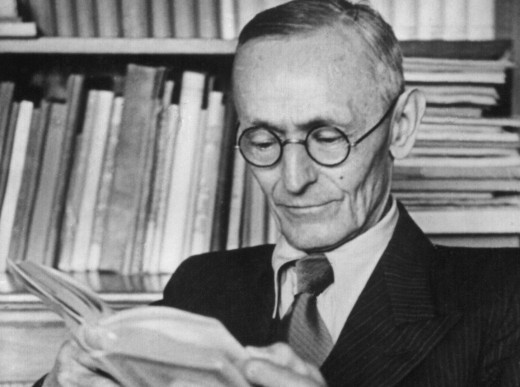
Harry Haller’s Chronicles part 2
After Harry has read the tractate, he doesn’t really feel any better. He also finds a poem, which he wrote some weeks ago at night.
He is invited to dinner by an acquaintance. It ends in disaster and Harry nearly commits suicide, but before this happens, he goes to a tavern. There, he meets a girl called Hermine.
His life changes from then on. Hermine helps him to enjoy life again. For example, Harry learns to dance. He is also gets to know Marie, whom he has many love nights. He also has a dream, which is generally called the “Goethedream”. He also gets to know a guy called Pablo. He was also at the tavern, where Harry met Hermine the first time. He is a musician and was responsible for music at that night. Harry also takes drugs with him and Marie.
The climax of the book is the ball. Hermine wants him to come to a ball, where he should meet her. When Harry arrives there, everything becomes quite dreamy and fluent. He dances with some girls and so on and in the end, he sees Hermine who has a very special look. They have a symbolic dance. After some time, they are the only ones in the hall. Pablo comes and he wants Harry and Hermine to come with him. They go into a separate room, where they take drugs and then go through the next door. This is the last part of the book, the Magical Theatre.
The Magical Theatre
In this section, Harry is separated from Hermine. In this place, there are infinite many rooms which lead all to different places and times. This part is very important for the interpretation of the book.
Two important parts are the following: Harry goes through a door, where he has the opportunity to have all the girls which he ever wanted. He was a shy boy and let slip many relationships and in this alternative reality, he experiences all these relationships again. Another important part is, where Harry meets a chess player. This part contains the “Chess play metaphor”.
In the end, he opens a new door, where he sees Hermine with Pablo, sleeping and naked. He kills her, but this was the wrong action and he has “lost”. But then, very much like a Buddha, he understood everything and the book ends.
Hermann Hesse – the Steppenwolf
Hermann Hesse – Siddharta
Hermann Hesse – Demian
Hermann Hesse – Narcissus and Goldmund
Hermann Hesse – Glass Bead Game
Molière – The Imaginary Invalid
William Golding – Lord of the Flies
Vsevolod Garshin – A red flower
Viktor Pelevin – The life of insects
Tolstoy – The Death of Ivan Ilyich
More Summaries
Novalis – Heinrich von Ofterdingen
E.T.A Hoffmann – The Sandman
Joseph von Eichendorff – Aus dem Leben eines Taugenichts
Joseph von Eichendorff – The Marble Statue
Joseph von Eichendorff – Schloss Dürande
Georg Büchner – Woyzeck
© 2013 Slaven Cvijetic

